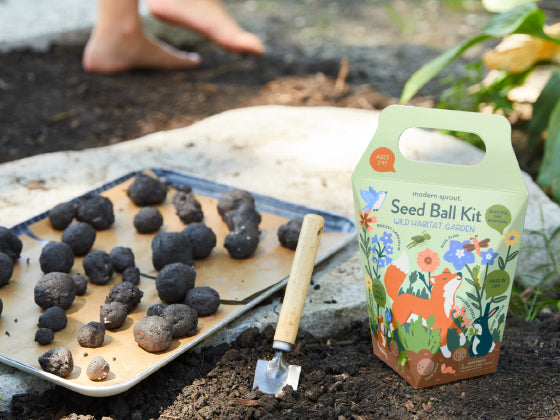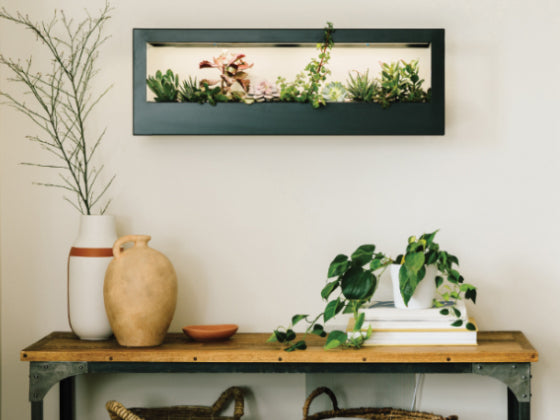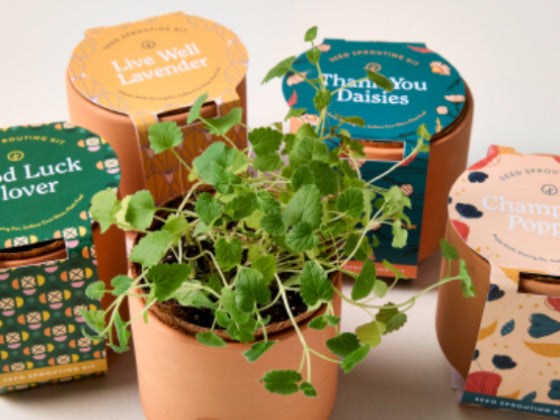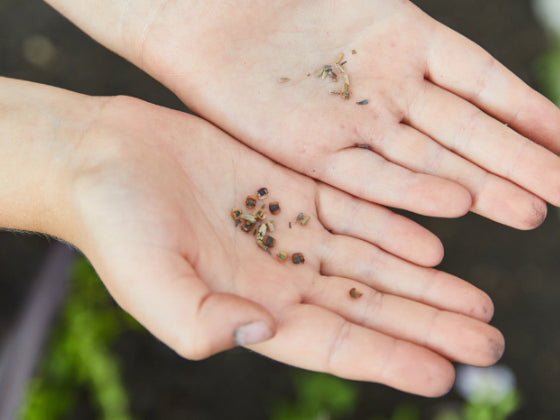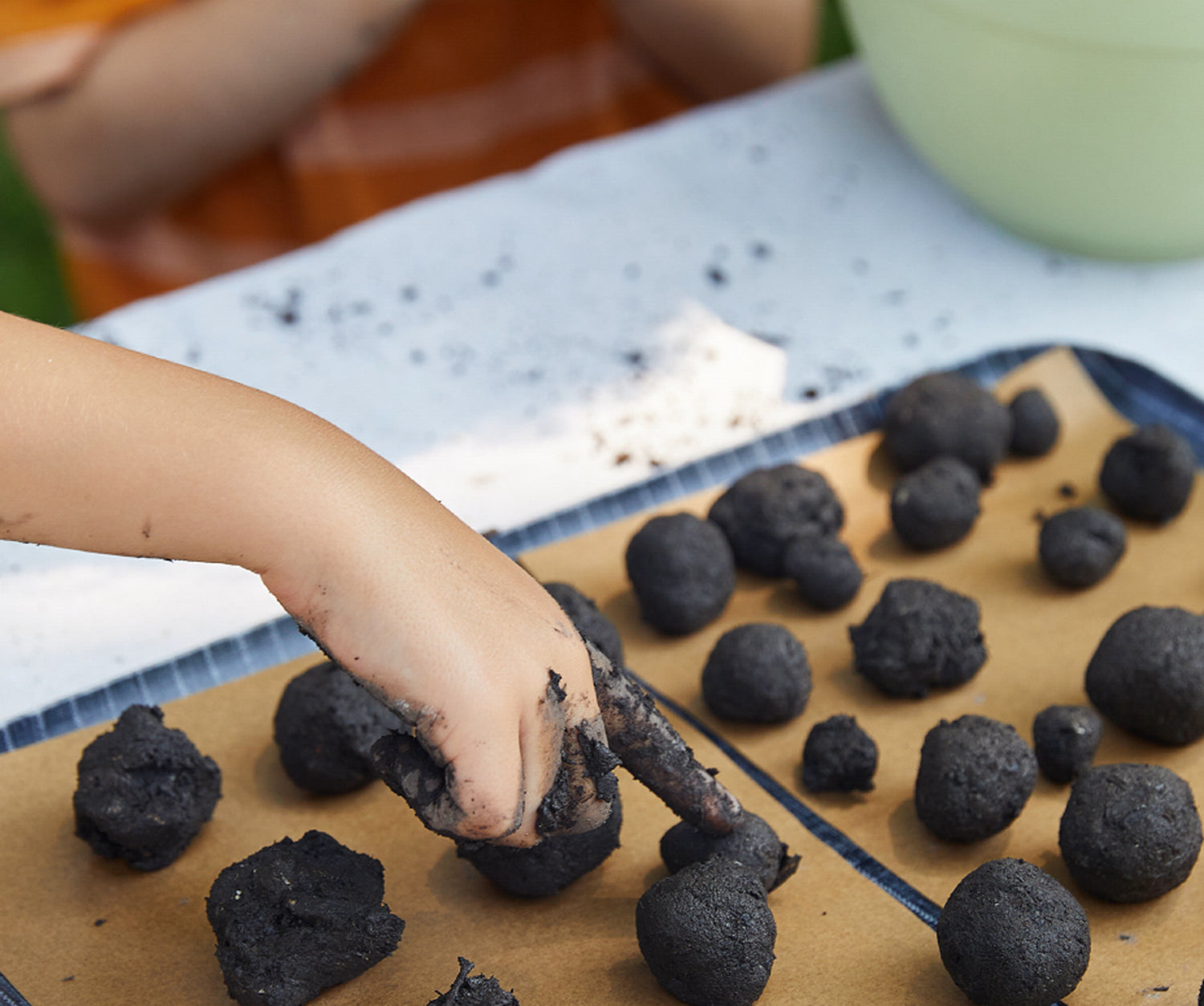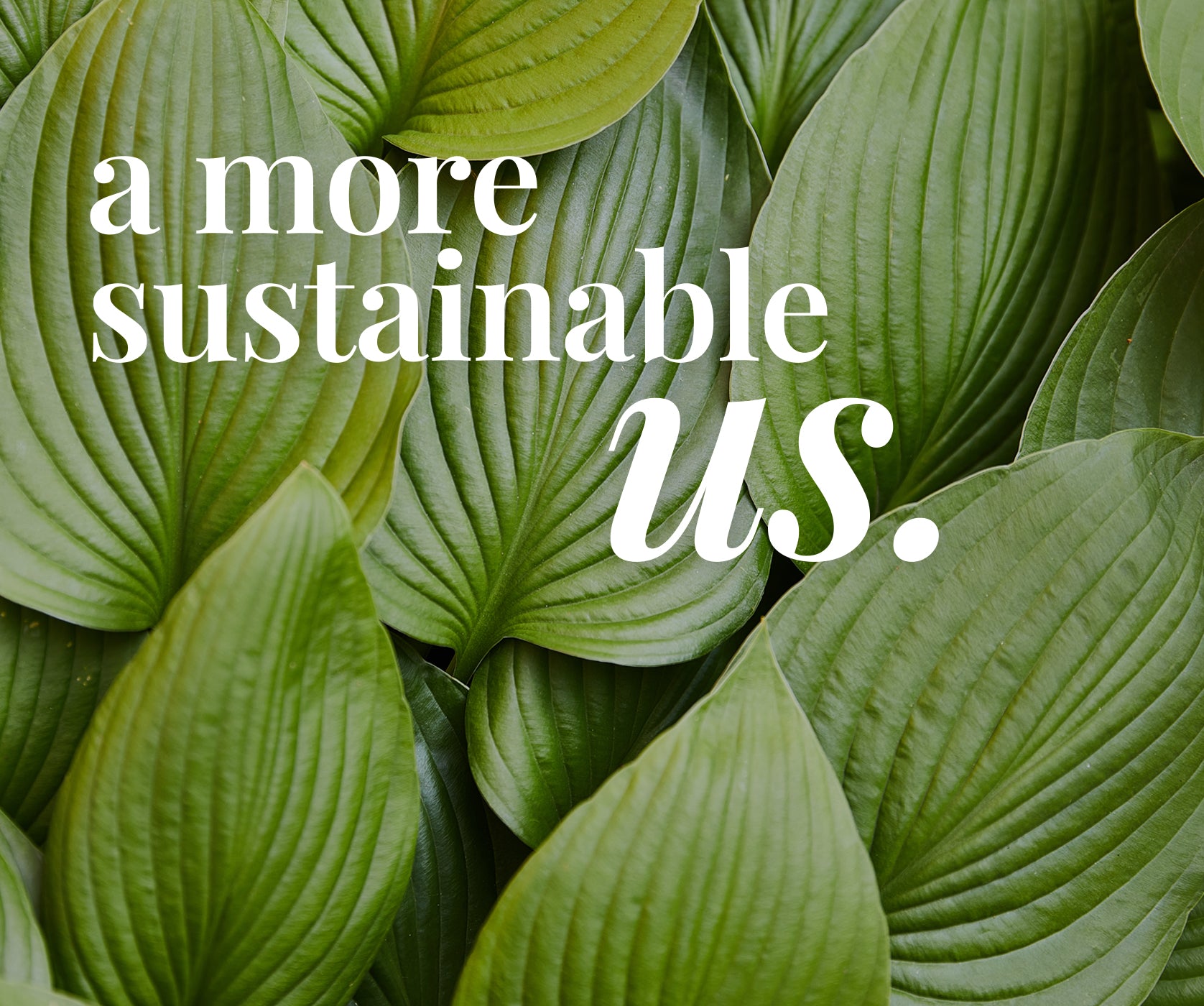There are so many reasons to love planting. And, there are so many reasons to love planting when you choose our Non-Invasive & Non-GMO Wilderness Seed Blend for your Wild Habitat Garden Seed Balls. Here are just five ways they’ll make you wanna grow wild.
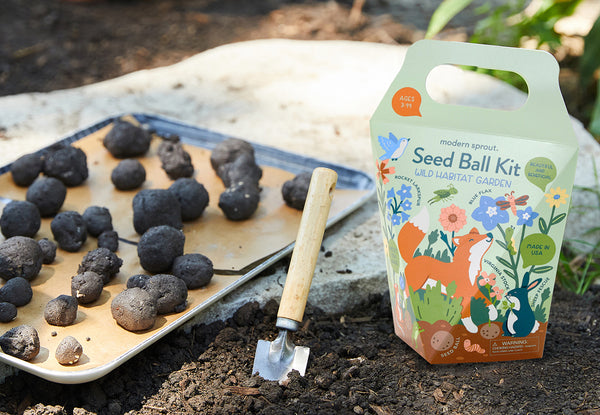
Love the idea of a wild habitat. But what exactly am I planting?
Our Wild Habitat Garden: Wilderness Seed Blend combines sheep fescue, a tufted dwarf grass. The way sheep fescue grows, in tufts and bunches, makes it a pretty partner to wildflowers like Virginia stock, blue flax, catchfly and rocket larkspur also included in the seed blend.
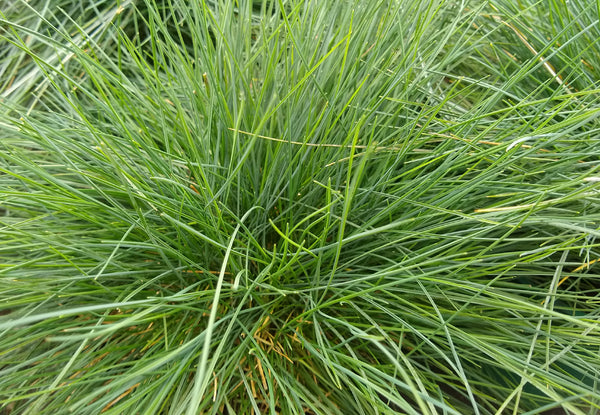
Love the idea of wildflowers, but not all over my yard. What can I do?
We get it. You may have a veggie garden planned and hope to keep any additional critters away. Good news: This seed blend is super adaptable to many locations and light access. That means you can plant where it makes sense — in a patch of your yard or around your mailbox. Don’t want a border garden? That’s cool, plant along a walkway! You don’t need to till up your whole yard to make a difference.
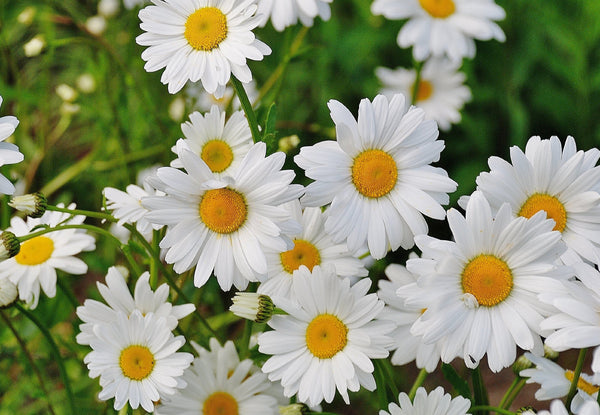
Love the idea of preventing erosion. How do these seed balls help?
Seeds included in these seed ball kits, like sheep fescue grass and wildflowers, have fast growing, dense root structures. That’s important because they improve your soil health and prevent erosion. Established roots spread and help stabilize the surrounding soil. The roots also help trap nutrients in the soil which otherwise get washed away.
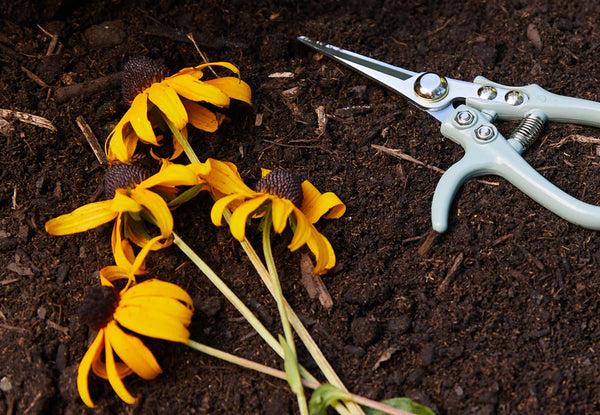
Love the idea of helping pollinators. How do these seed balls do that?
When in bloom, wild flowers attract pollinators like birds, bees and butterflies. Bees, especially bumblebees, like rocket larkspur pollen in this blend. Pollinators need rest stops on trips just like us, and your yard can be a place for pollen or shelter. Some also use wildflowers as a refuge to lay eggs! Then, in winter, seeds from spent blooms provide food for birds and small mammals.
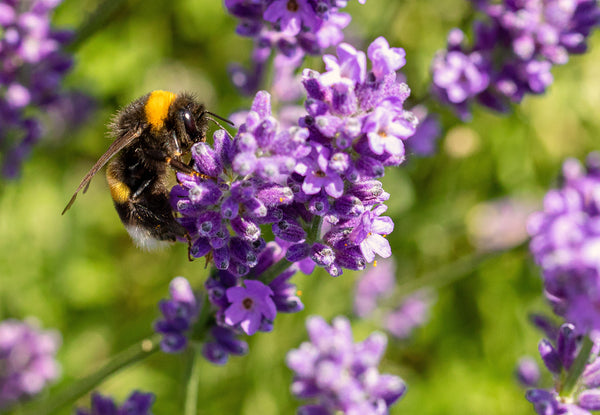
Love the idea of biodiversity. How do these seed balls help?
Beyond animal and insect biodiversity, our Wilderness Seed Blend supports plant biodiversity. All the seeds selected are non-invasive and non-GMO. Non invasive species ensure that, once planted, these plants will not dominate native vegetation in your yard.

